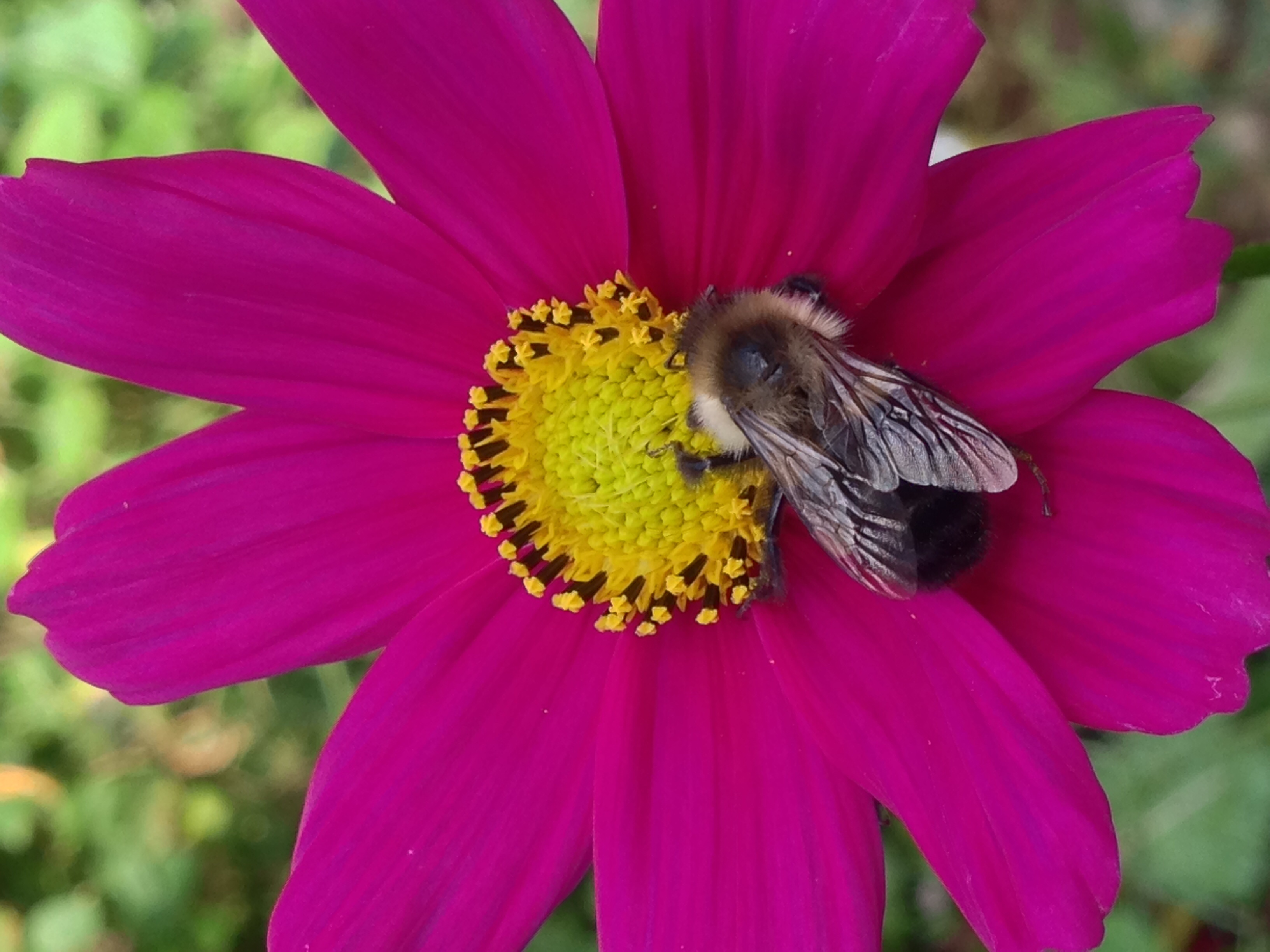 Is it necessary to shred leaves for the compost? No, absolutely not, but doing so provides a number of benefits.No two ways about it, shredding leaves takes some time. If you’ve got a clunky electric vacuum or lots of wet leaves, shredding will take even longer, but if you’ve got a decent homeowner unit (currently between $100-$165) then you’ll get great material to use in your compost and all over your gardens, you’ll get it quickly, and they’ll provide a lot of benefits.
Is it necessary to shred leaves for the compost? No, absolutely not, but doing so provides a number of benefits.No two ways about it, shredding leaves takes some time. If you’ve got a clunky electric vacuum or lots of wet leaves, shredding will take even longer, but if you’ve got a decent homeowner unit (currently between $100-$165) then you’ll get great material to use in your compost and all over your gardens, you’ll get it quickly, and they’ll provide a lot of benefits.
1. Leaves, as you know, provide carbon. Shredded leaves provide the same amount of carbon in less space. If you’ve got limited space to hold your fall leaves, then shredding will allow you to hold many times more in the same amount of space because shredding reduces their size somewhere between 3:1 to 20:1.
2. In the compost bin, you can mix the same amount of carbon in your bin but take up less space. Consider that for a moment. Your composting space is limited to the size of your compost bin. If you can fit the same amount of carbon in less space, you can fit more material into your bin over time. You can compost more material because your carbon takes up less space.A few days ago I shredded about 1 cu yd of leaves into one and a half garbage bags. That is a big space savings but the same amount of carbon!
3. Shredded leaves also break down faster in the compost. This time of year I’m adding all sorts of nitrogen rich material to my compost, including a 20′ long x 7′ tall wall of tomato vines. I want that material breaking down quickly, both for more space in the compost bins and to get the pile cooking before winter sets in. The increased surface area helps get things cooking faster, and will get you finished compost faster.
4. Part of the increased surface area advantage is that it provides more “available carbon.” As discussed here relative to sticks, if you add lots of carbon (in the form of sticks or whole leaves) but only a small portion of it is available, then the decomposition process will proceed slower and may produce smelly results.
5. Shredded leaves are less likely to clump in your compost bin. Far from a big deal, but an advantage.
How to shred leaves:
There are no shortage of ways to shred leaves available, from jabbing a string trimmer into a barrel of leaves to multi-thousand dollar units capable of running non-stop gobbling many cubic yards of leaves. The most common methods for the typical home gardener include:
-Power mower: Whether electric or gas, you can mow the lawn to simultaneously gather and chop leaves, collecting them in the bag.
-Electric shredder: Several models on the market all cost about the same and all work about the same. They’ll all have issues with sticks and sometimes even with twigs. They’ll all have issues with wet leaves. I currently own a Worx model and it works fine with some minor adaptations. Among them, using a thicker string (.095) with edges, rather than rounded, makes a big difference.
-Blower/shredder: Until a few days ago I’d never heard anyone having a good experience with these. They’re typically dramatically underpowered, clog the impeller frequently and can turn a small job into a long and frustrating affair as you suck leaves up one at a time.
